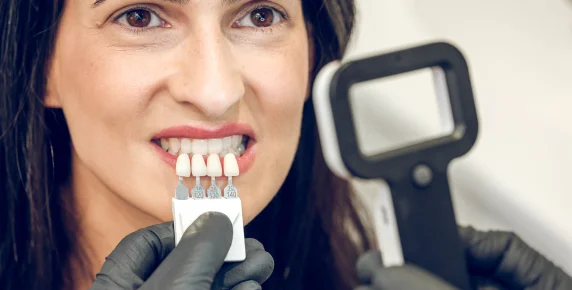Need a quick smile fix before an event? Our same-day composite bonding near Bloomingdale lets you repair chips, stains, or uneven teeth in a single visit.
Benefits include:
- Fast and effective cosmetic enhancement
- No drilling, no discomfort
- Long-lasting, stain-resistant results
- Perfect for busy professionals or last-minute occasions



















